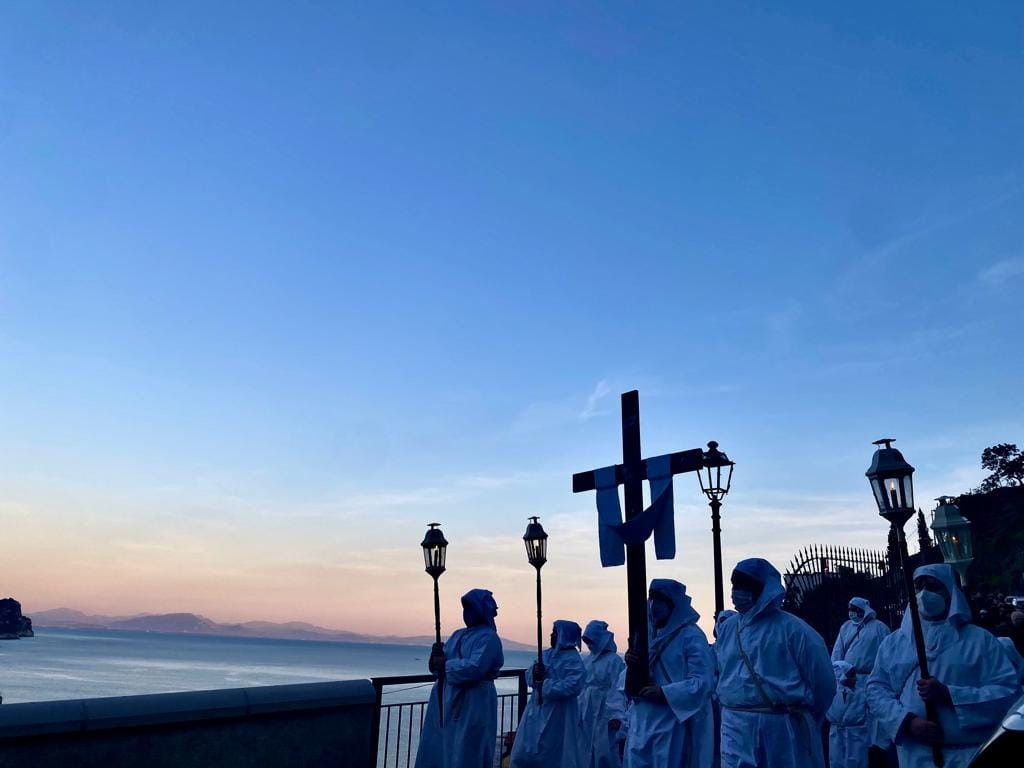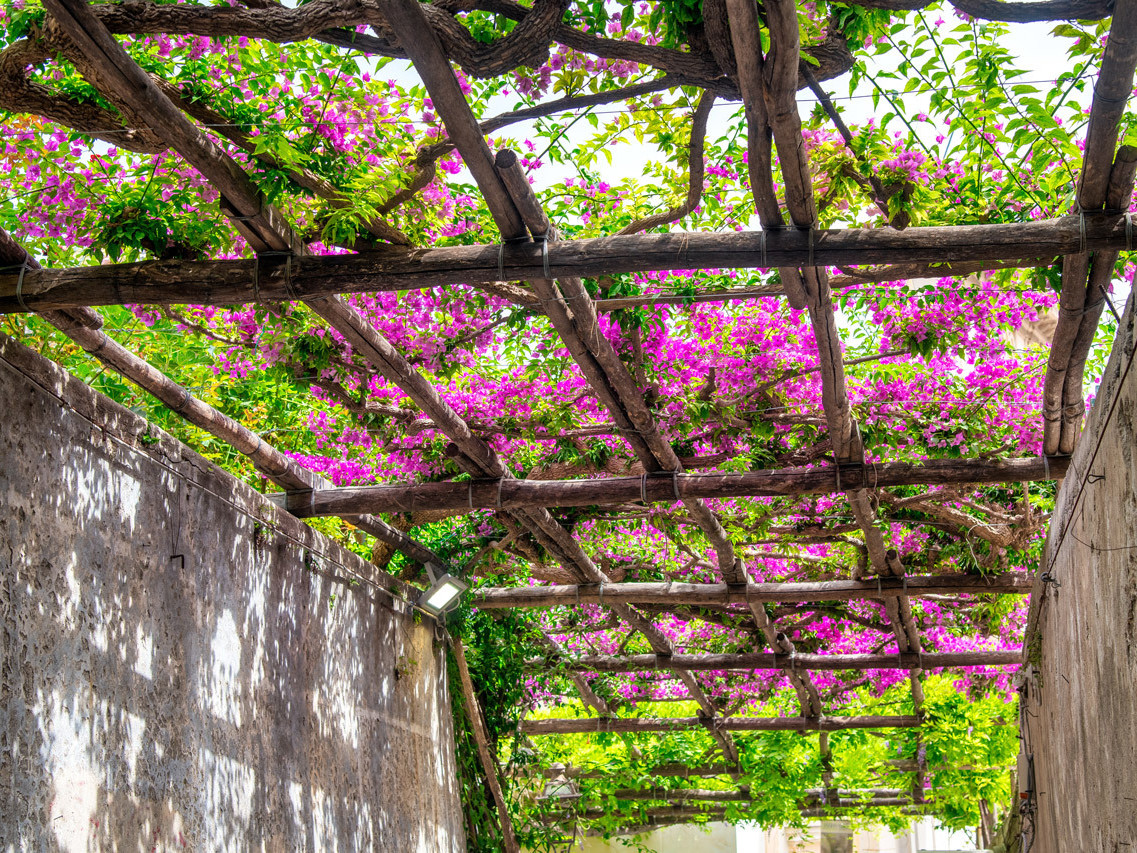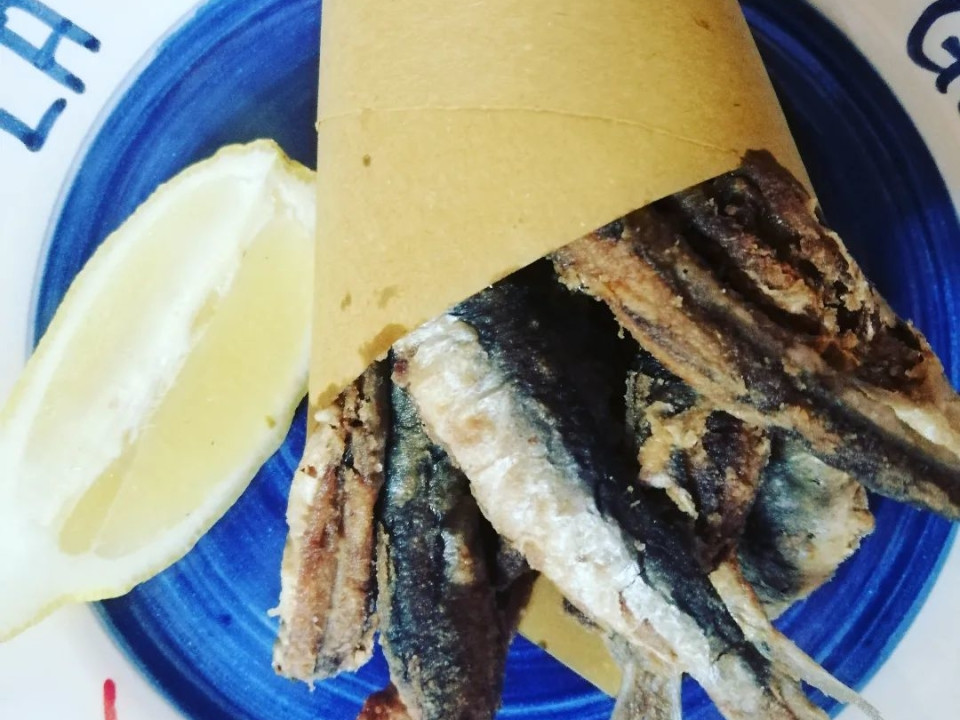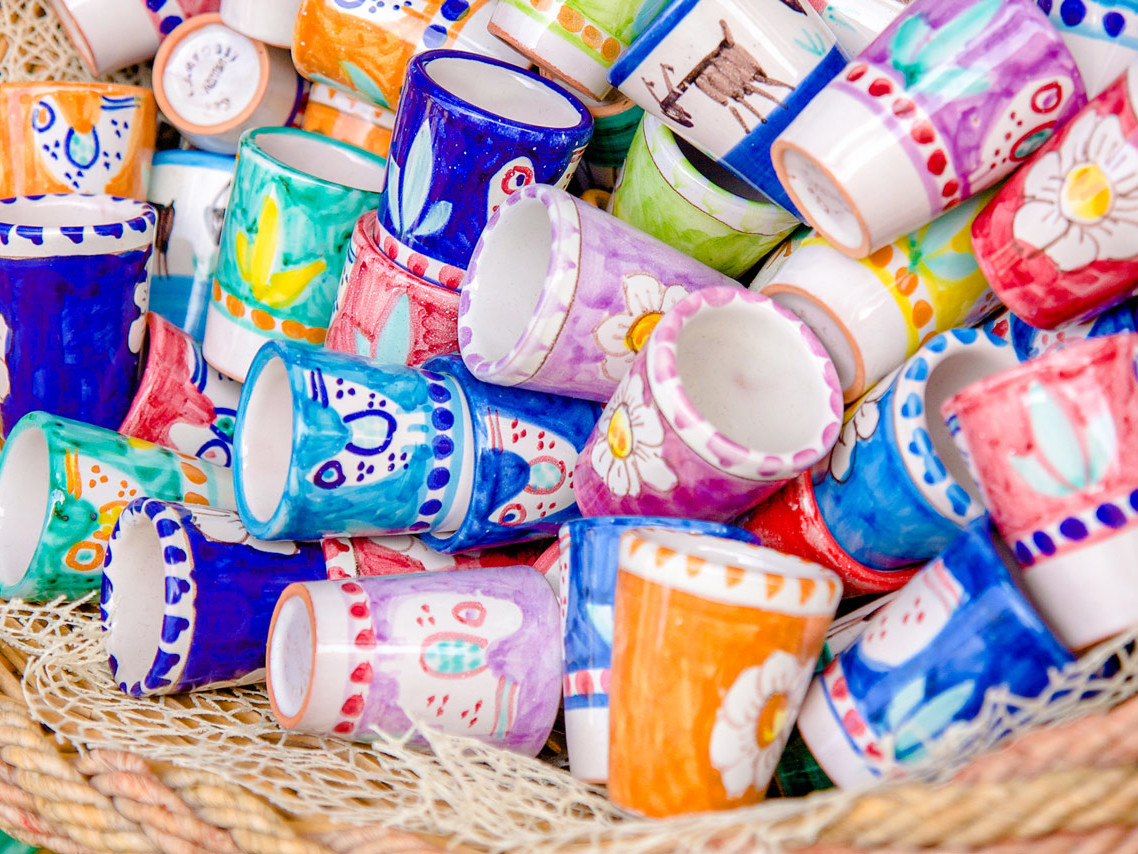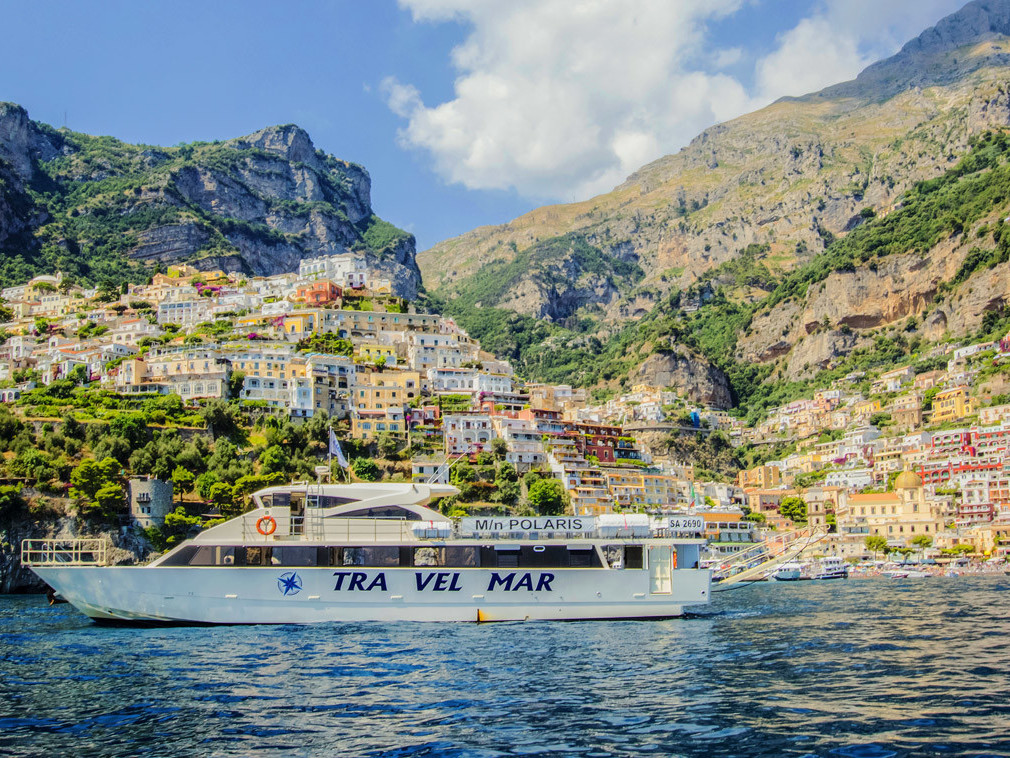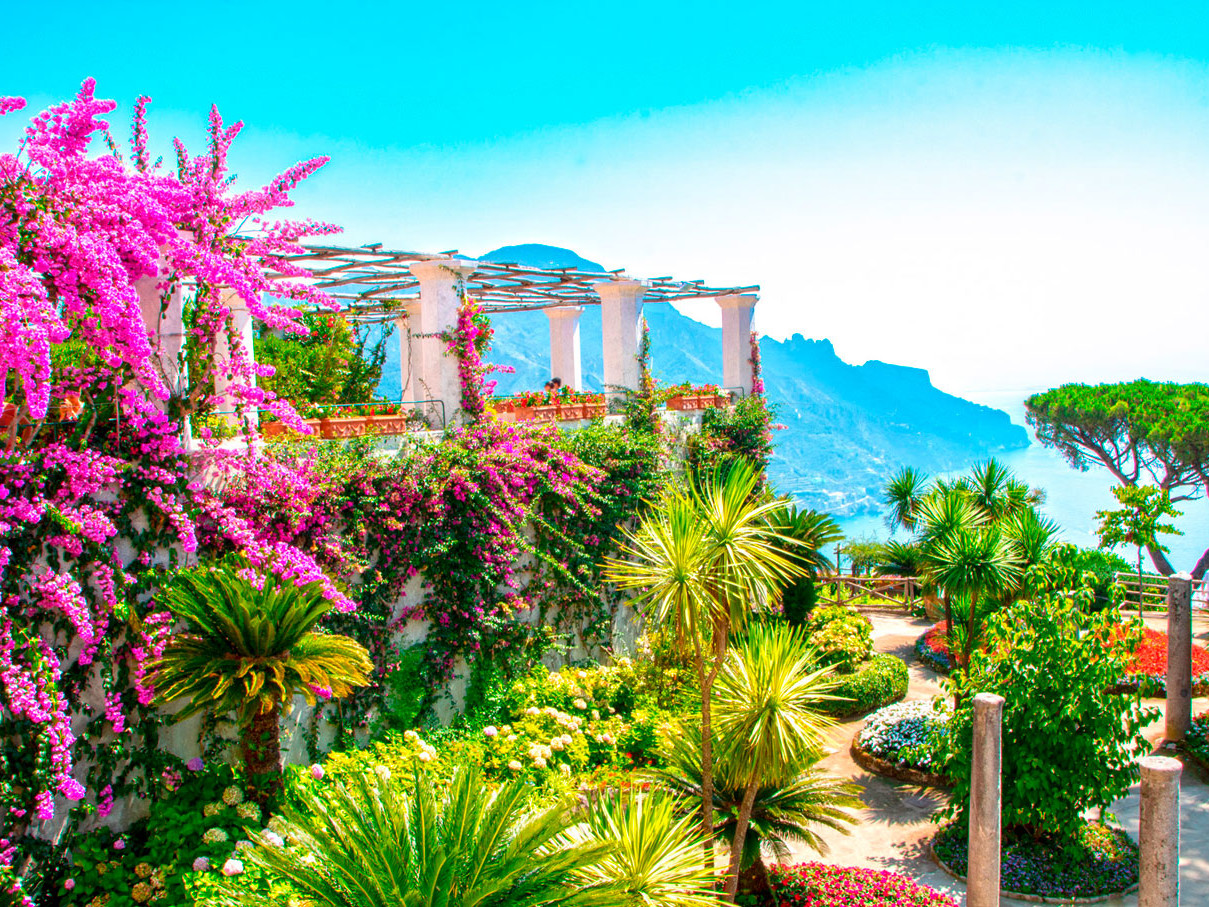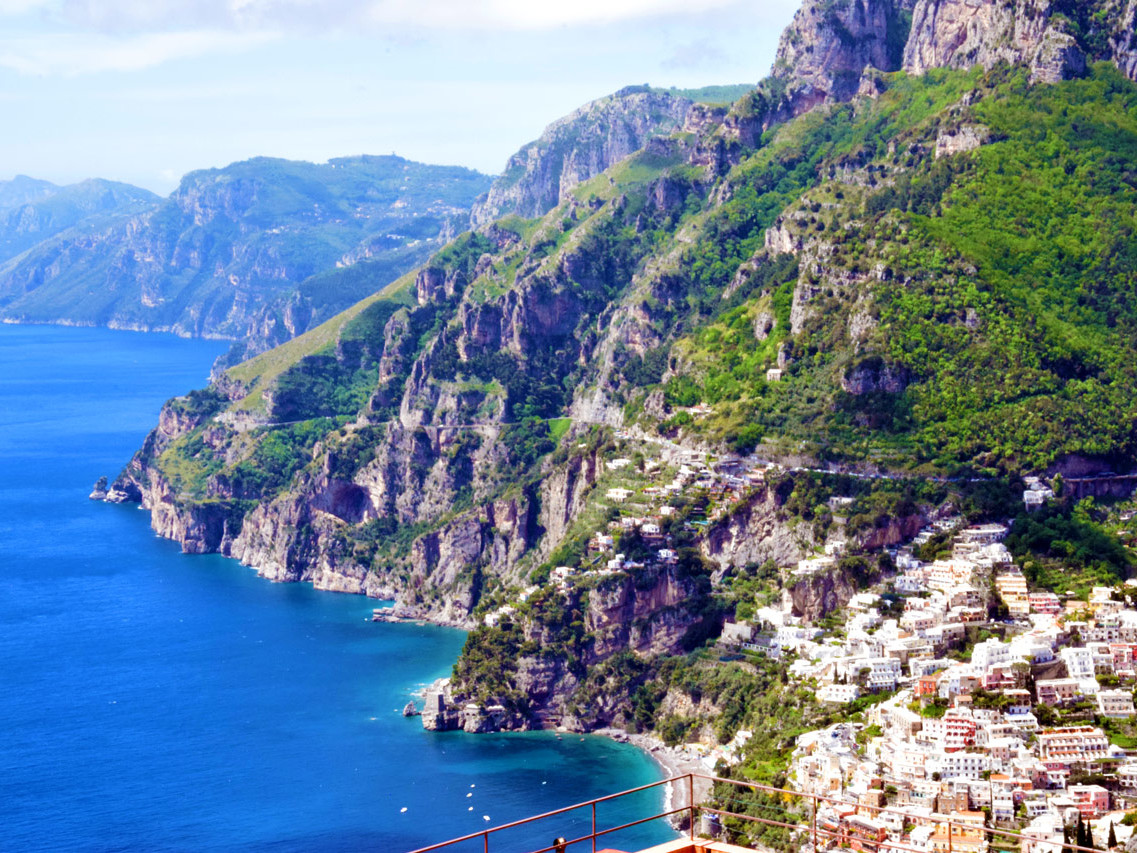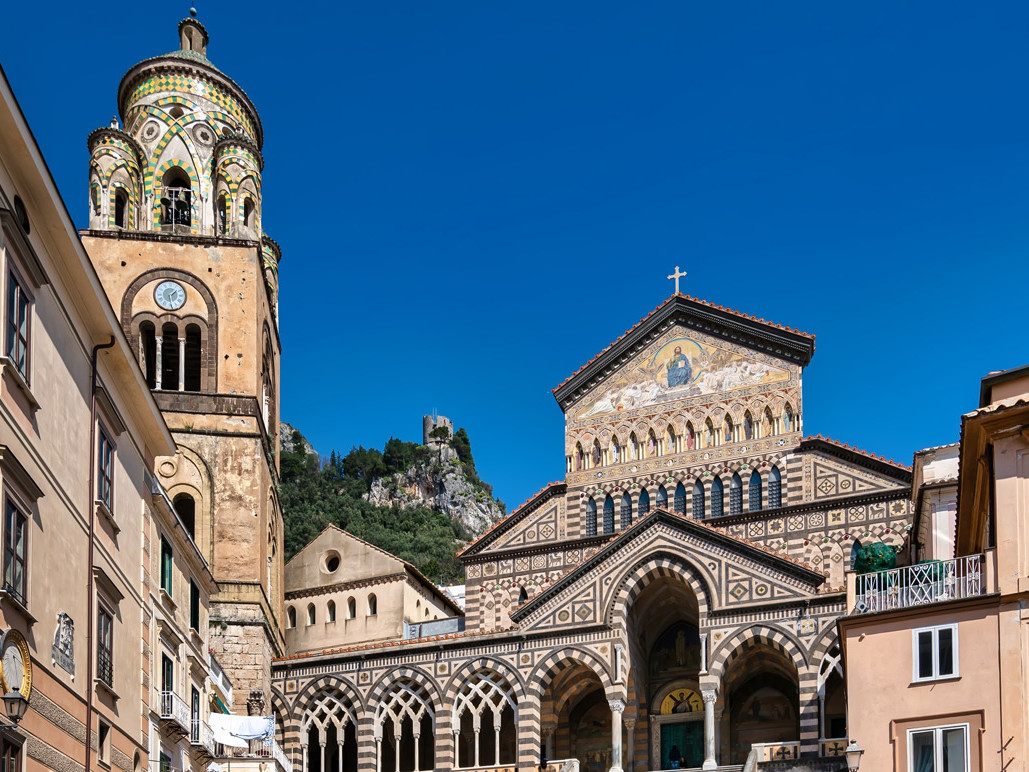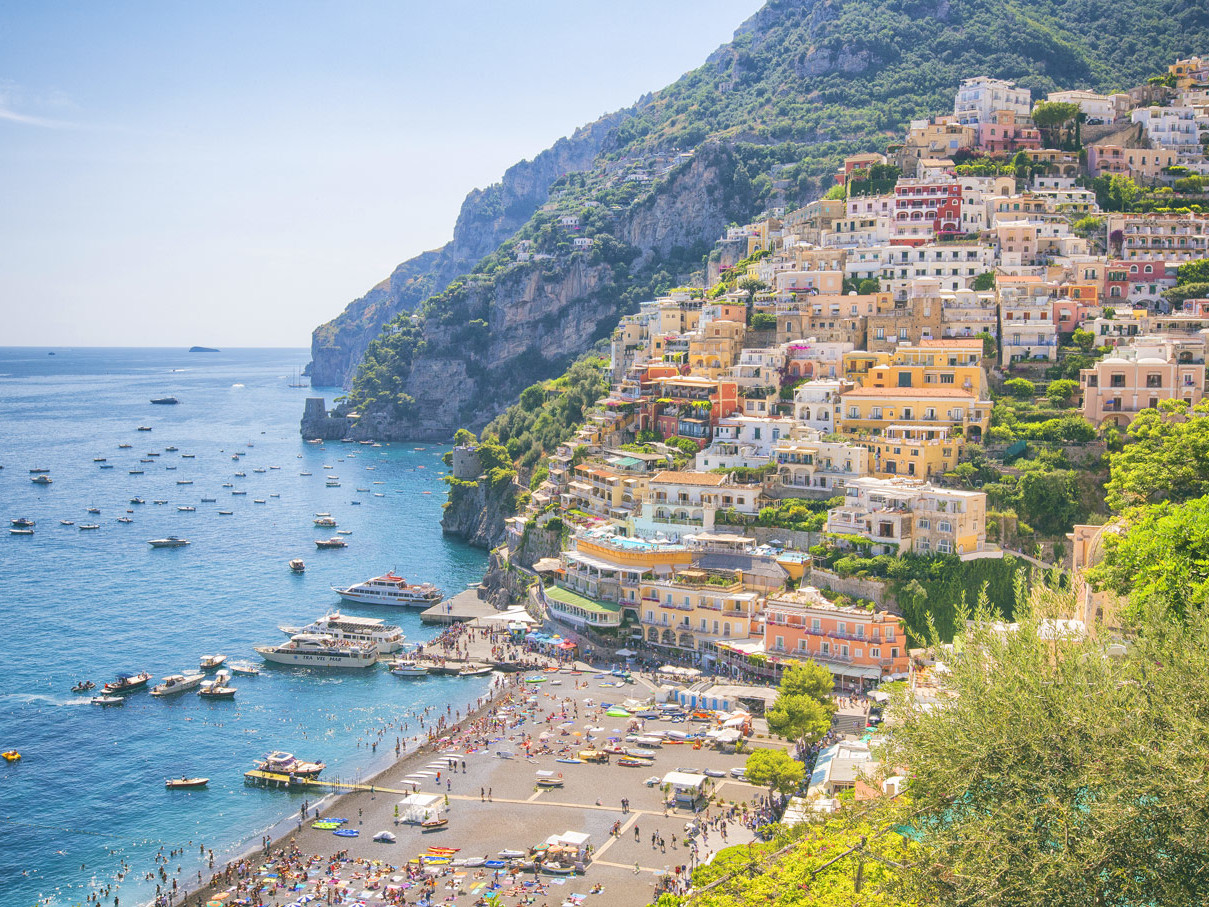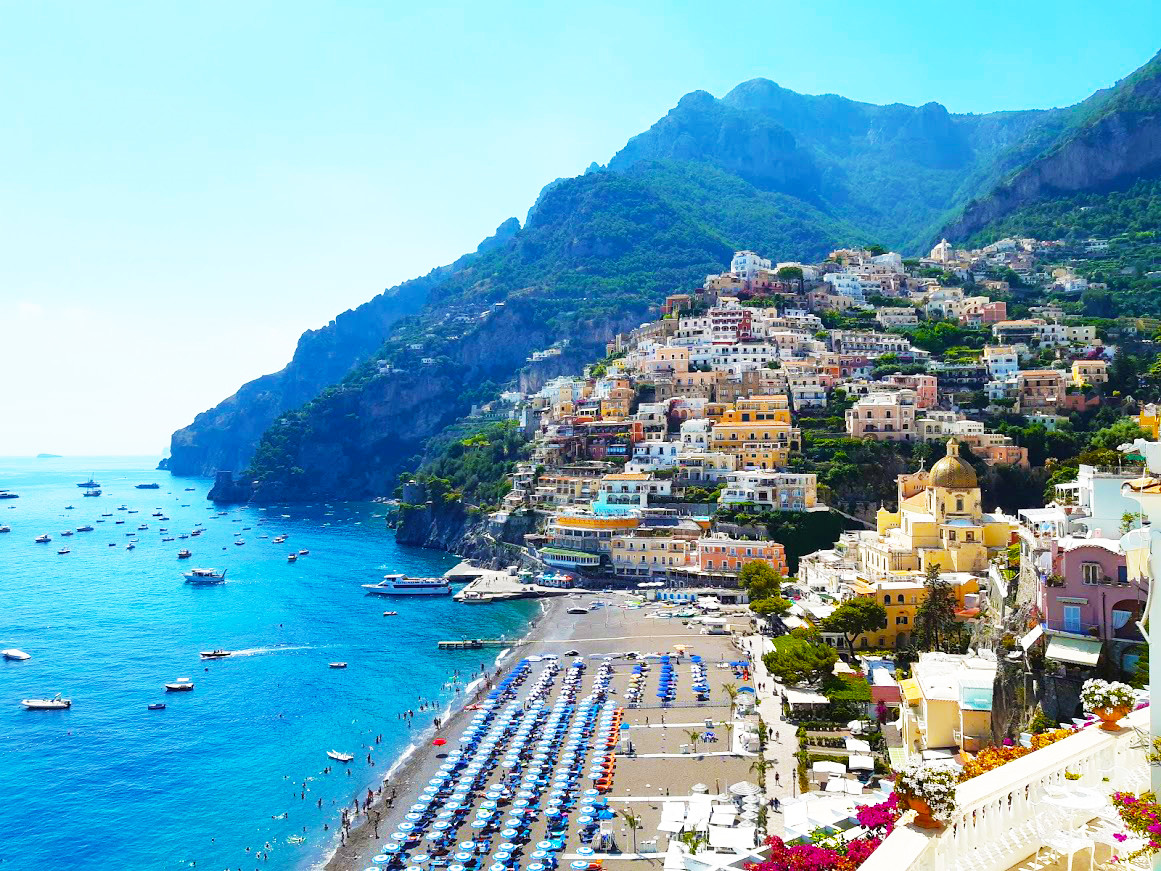THE MONUMENTAL FOUNTAINS OF THE AMALFI COAST
In all the towns of the Amalfi Coast there are ancient monumental fountains, beautifully crafted and decorated in many different ways. Located in characteristic alleys or in the center of squares, they are much loved and are popular meeting points for tourists and citizens alike.
by Roberta Cascone
Walking through the villages of the Amalfi Coast, it is not uncommon to come across the monumental fountains that grace the squares or streets of the historic centers. Some date as far back as the 15th century and have become over time an integral part of the beauty of the landscape, important landmarks and gathering places for citizens. Each fountain is embellished with details, whether they are animals (e.g., lions, fish), or fantastic characters (sea gods, mermaids) or even statues of saints. They were mainly made of Carrara marble or travertine, and sometimes their construction was entrusted to local or foreign artists. Here is a list of the most famous ones, don't delay and find them all!
share this article
The "Cap 'e Ciuccio" fountain in Amalfi
Fountain on the lions in Minori
Dating back to the first half of the 19th century, the Fountain of Lions in Minori consists of a circular basin with a fluted column rock in the center on top of which is a terracotta vase. However, the name comes from the presence of two marble lions placed on the balustrade of the basin. The two statues are very rare examples of medieval sculpture still existing in the town of Minori, probably dating back to the time of the construction of the Church of Santa Trofimena. In 2021 the municipality of Minori authorized a restoration and relocation of the fountain, in order to move it from the waterfront to its original location in Piazza Umberto I and thus be able to return the fountain to its social function and improve the aesthetic appearance of the square.
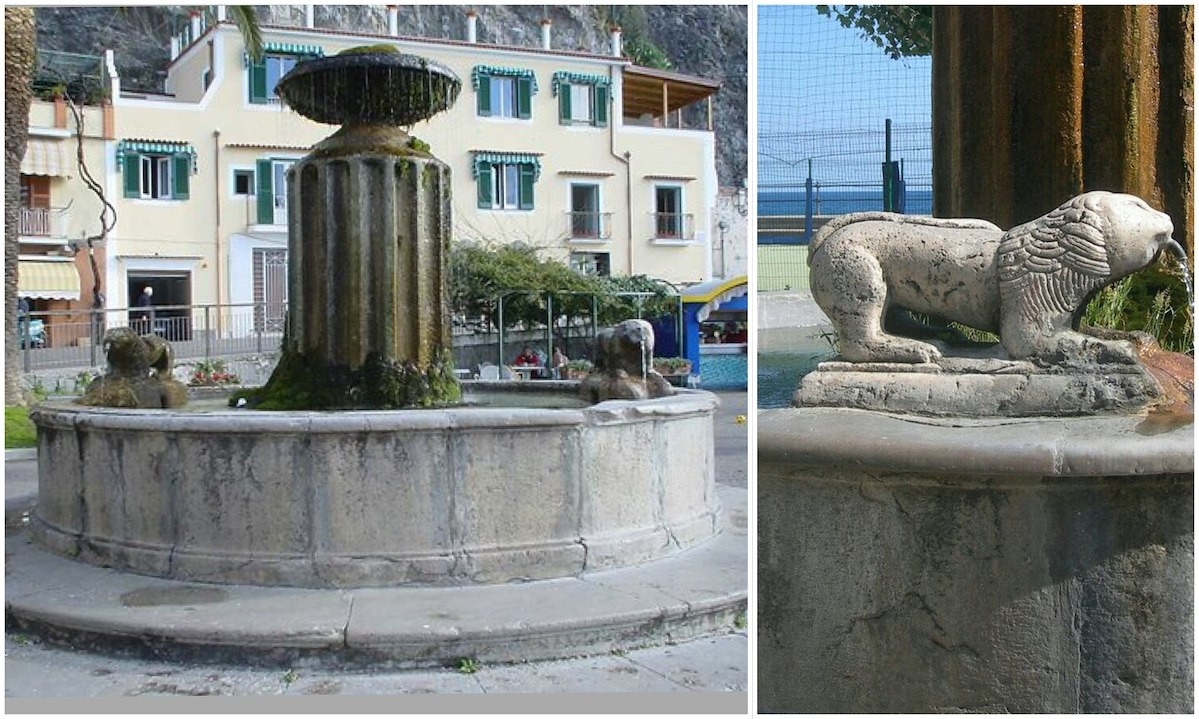
Fountain of the lions in Minori
Fountain of St. Andrew Apostle in Amalfi
In Amalfi's most famous square, right in front of the cathedral, is the fountain dedicated to St. Andrew the Apostle. In Baroque style, it was built in 1760. It originally stood at the foot of the cathedral steps, but was moved in the late 1800s to its current location. The fountain is made of Carrara marble and consists of a statue of St. Andrew, depicted with the cross of martyrdom, while at his feet are four angels. On one side is placed a dove and on the other is a proteus (i.e., a sea deity) called "Pulicano," because he would recall an Amalfi fisherman so nicknamed. There is also a mermaid in the center, while on the sides of the basin and around the statue we find numerous civic symbols and humanistic literary inscriptions about the city of Amalfi. Finally, the fountain was restored in 2018 with a sum raised through tourist taxes paid by those who stop here.
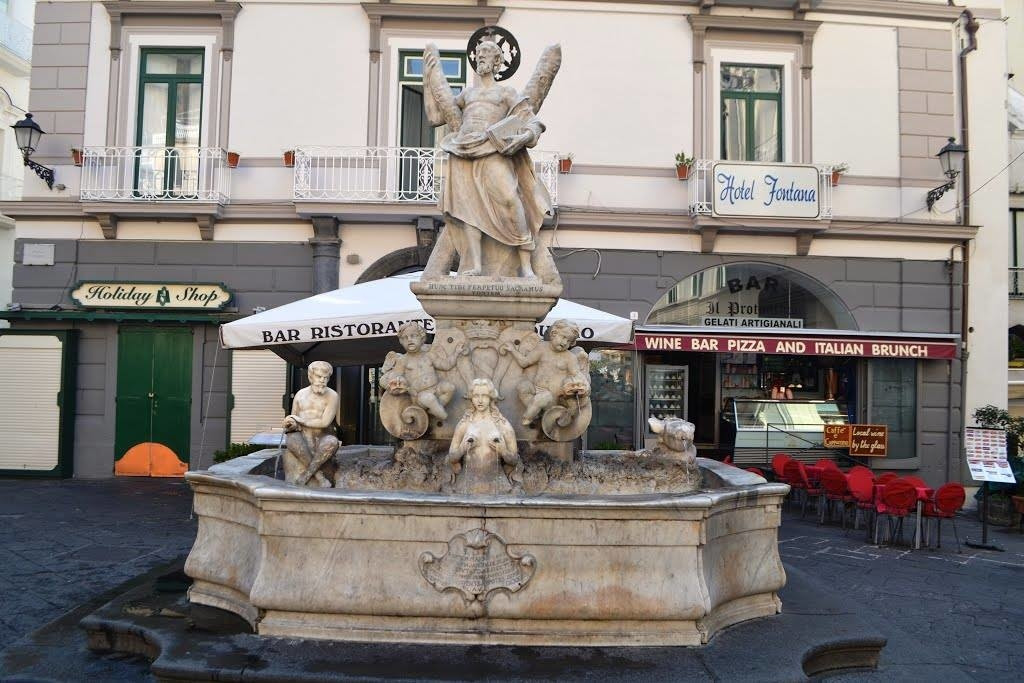
The Saint Andrew fountain in Amalfi
Fountain "Cap 'e ciuccio" in Amalfi
Going up the main street of Amalfi, there is an old fountain known to locals as the "Cap 'e Ciuccio" fountain. The name, which means "Donkey's Head," refers to the ancient custom of watering donkeys that came down from the village of Pogerola and passed by. Dating back to the 18th century, the fountain has two marble heads on either side that serve as fountains, while in the center of the basin is a very special nativity scene, which is surrounded by water. The fountain is much loved and photographed by tourists, who also use it to make a wish by throwing a coin into it.
Fountain in D’Amato Square, Maiori
The monumental fountain in Piazza d'Amato in Maiori is very old: in fact, it dates back to 1490, when the mayor of the time obtained permission to conduct water there from the archbishop of Amalfi. Two elms and a poplar tree were also planted there in those years, and for this reason the square was also formerly known as "elm square." The fountain has a neoclassical style and was exhumed following the 1954 flood, but 60 years later it was faithfully reconstructed by architect Vincenzo Apicella and relocated to its point of origin in order to recover the historical and cultural heritage of the town of Maiori.
Fountain of St. Bernardino in Maiori
Inside the Franciscan Convent in Maiori there is a spring, known as the San Bernardino spring, which according to tradition has quenched the thirst of the people of Maiori in many situations of grave danger or on occasions of calamity. In the small cave there is a basin for collecting water that comes from a cleft in the rock. Today the spring is located inside a small chapel enclosed by a square window from which the basin can be seen. Finally, the water from the spring is piped to a fountain outside the monastery for the locals to use.
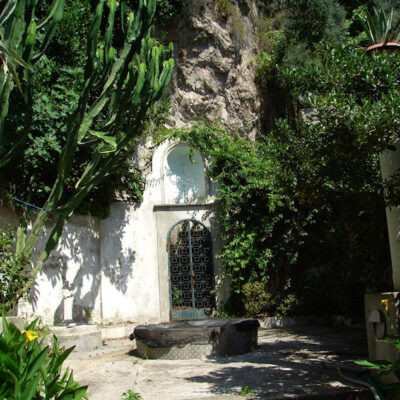
San Bernardino fountain in Maiori. Photo by unescoamalficoast
Fountains of Mezzacapo Palace, Maiori
Mezzacapo Palace is now the home of the municipal library, the historical archives and some municipal offices and is located in the center of Corso Reginna, right in the heart of Maiori. It was once the residence of Marquis Mezzacapo, built in the first half of the 19th century. In the gardens of the palace there are numerous choreographic and elegant fountains with large basins, which are illuminated in the evening, creating fascinating plays of light and reflections.
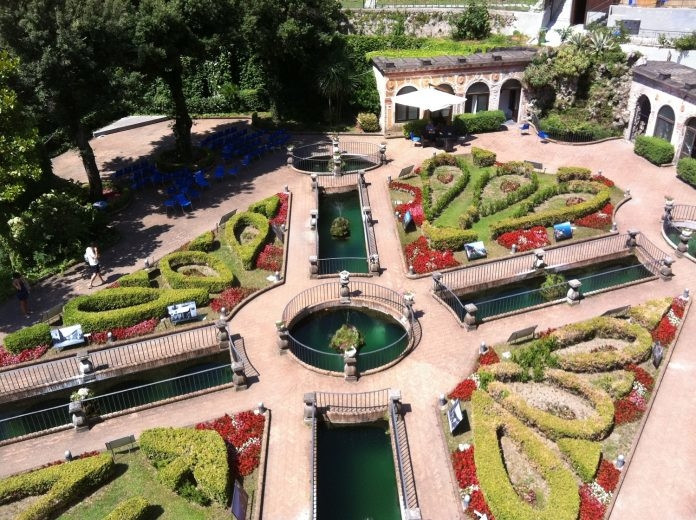
Palazzo Mezzacapo fountains in Maiori
The Moorish Fountain in Ravello
At Piazza Fontana in Ravello is a monumental fountain from the 1700s, equipped with a circular basin and with a double umbrella structure in the center from which water gushes out. The most interesting decorative elements were two statues depicting an ox and a lion positioned on the two water spouts, which unfortunately were stolen in the late 1900s. Today, however, copies of the stolen originals can be admired.
share this article
- The fountain of Saint Andrew in Amalfi is also the starting point for the procession of Saint Andrew, which is celebrated on November 30 and June 27.


